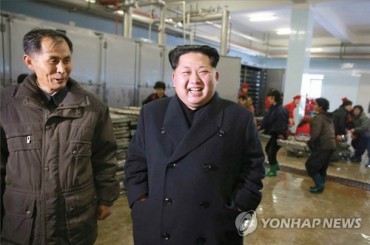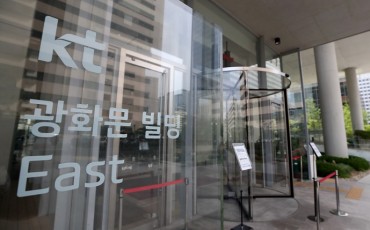
Occupations that ranked highest on this “amenities index” included legal and auditing professionals, product planners, PR specialists, researchers, lawyers, designers, other education experts, writers, journalists, university professors and lecturers, lawmakers, senior government officials, and religious workers. (Image courtesy of Pexels/CCL)
SEOUL, Apr. 24 (Korea Bizwire) – A new analysis has found that workplaces offering amenities beyond just high salaries, such as flexible schedules and opportunities for growth, tend to employ more young, highly educated women, according to a report from the Bank of Korea released on April 23.
The report, titled “Preferences for Job Amenities and Labor Market Shifts,” revealed that when workers were surveyed last year about factors they consider when choosing a job, 31.5 percent cited workplace amenities, surpassing the 26.8 percent who prioritized wage levels.
To assess job amenities, the Bank of Korea constructed an index based on eight factors: flexible work arrangements, remote work options, physical intensity, workload, autonomy, independence, potential for career advancement, and a sense of fulfillment from one’s work.
Occupations that ranked highest on this “amenities index” included legal and auditing professionals, product planners, PR specialists, researchers, lawyers, designers, other education experts, writers, journalists, university professors and lecturers, lawmakers, senior government officials, and religious workers.
In contrast, jobs ranking lowest in workplace amenities included construction and mining laborers, operators of freight-moving equipment, construction and mining machinery operators, and freight handlers and movers.
When analyzed by gender, age, and education level, the data showed that women, younger workers, and those with higher educational attainments tended to gravitate more toward occupations scoring well on the job amenities index compared to their male, older, and less-educated counterparts.
“For women, jobs allowing more flexibility and less physical strain are often preferred,” explained Lee Soo-min, director of the Bank of Korea’s employment analysis team. “Highly educated workers also tend to seek out cognitive, professional roles requiring less physical ability but offering growth opportunities.”
Lee noted that while older workers may value good workplace conditions, their lower education levels can make it harder to secure such positions. “The elderly may appreciate favorable job amenities, but are underrepresented in those roles due to factors like lower educational attainment,” he said.
If job amenities are monetized in income calculations, income inequality as measured by the ratio of the top 20% to bottom 20% of earners would actually rise from 4.0 to 4.2, the analysis found. This is likely because higher-income workers tend to hold positions with both higher pay and better workplace amenities.
However, factoring in job amenities narrowed the gender pay gap somewhat, with women’s wages rising from 70.5% to 73.6% of men’s wages on average. “Not only do women gravitate more toward jobs with good workplace conditions, but they also tend to value those amenities more highly,” Lee explained.
Looking ahead, Lee cautioned that as women and older individuals make up a growing share of the economically active population, labor shortages could worsen for jobs lacking desirable workplace amenities unless policies are enacted to incentivize flexible work arrangements and thereby attract these groups to a wider range of occupations.
M. H. Lee (mhlee@koreabizwire.com)






